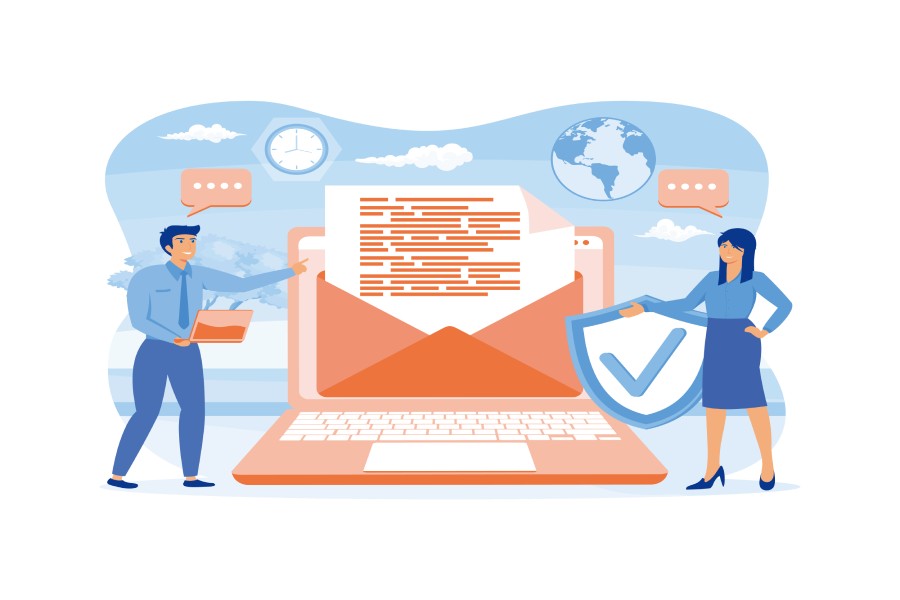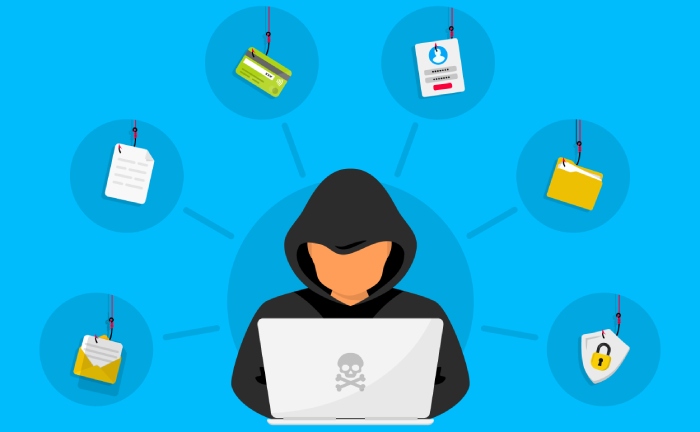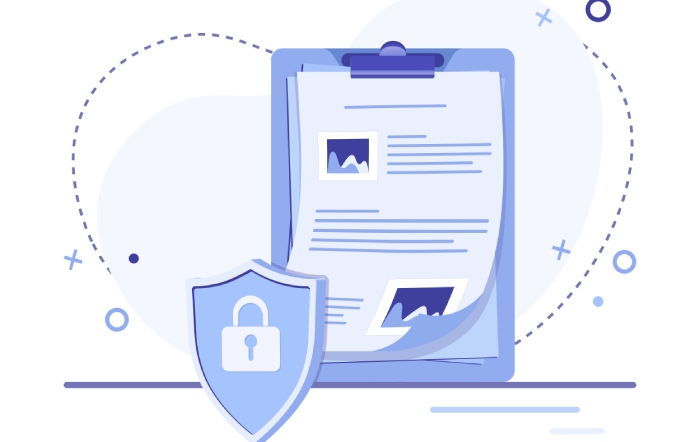A single wrong click by an employee can cause a data breach, reveal confidential corporate information, publish financial statements, or expose sensitive negotiations. Financial institutions are battling data breaches more than ever today. The financial sector is a frequent target of phishing, ransomware, and other malicious attacks.
Cyber Attacks in the Finance Industry
According to a study, financial services organizations are expected to see an influx of email attacks because of the increased volume of emails (by 81%) in financial organizations in 2021. The study concludes that two-thirds (62%) of financial services providers believe that it is likely or inevitable that they will suffer from email threats this year. The report also found that 57% of respondents expect the scale of attacks to be their biggest email security challenge in 2021, and 64% said that complex threats are their biggest email security challenge.
The report also stated that over 61% of industries faced ransomware attacks in 2020. The cybersecurity expert, Johan Dreyer, said, “As email remains the most common threat vector and the volume and sophistication of cyber-attacks are expected to increase, financial firms need to use multiple security technologies to protect themselves.” It also summarized that 79% of financial losses or disruptions to the organization were due to cyber security shortcomings. These statistics indicate how vulnerable the financial industry is to cybersecurity threats, particularly the ones that use emails as vectors. The rise in email spoofing activities during the Covid phase entails implementing email security systems for financial organizations to prevent phishing and ransomware attacks.
Email Security and Threat Protection
An email attack can compromise the whole organizational network just as it can affect a single user’s information assets. With the exponential increase in email sharing, attackers have shifted their focus to target the entire organizational network. Here’s one scenario of how they target organizations by first targeting an employee or customer.
- Step1: They share spurious links, offers that seem too good to be true, or prey on their fears through an urgency such as sending emails telling their bank account has been blocked (in reality, they are working fine), and they will need to log in right away to unblock it.
- Step 2: The user unknowingly falls for the scam and is taken to a duplicate website that appears to be just like the bank’s online portal.
- Step 3: Once the user logs in, it’s game over, and the threat actor on the other side now has access to the user’s bank account and can do anything!
Therefore, protection from these kinds of threats calls for organizations to put robust email security measures in place so that these emails never even reach the user in the first place.
Today’s email security systems are advanced enough that they can show indicators for an email message to help understand if the email is legitimate or not.
Improving Email Security for Financial Institutions
The finance industry has a red mark on its back regarding ransomware, phishing, and security attacks. The organizations’ primary cybersecurity caretakers fail in the implementation of a preventive and reliable security structure when they fail to consider the following points.
Understanding The Human Factor
Verizon’s Data Breach Investigation Report 2021 highlighted that human error accounted for 85% of cybersecurity breaches. The workers who regularly interact with the systems pose a grave threat to an organization’s security when they have not been adequately trained on various aspects of maintaining basic cyber hygiene. Employees need to receive targeted training for crisis management and handling the aftermath of a cyber attack. There is also a need to train users on the basics of cybersecurity to implement established password policies like changing passwords regularly, multi-factor authentications, etc.
Decentralization of Sensitive Data
Financial Organizations should use multiple databases with specific privileges and access rights to decrease the potential risk of leaks. Cyber adversaries attack centralized points, which often store passwords and usernames collectively, resulting in high-security risks. Decentralization and a multi-level structure of privileges can tie up a loose end as it controls privileged information access, thus safeguarding it against threats.
Phishing Protection for Finance Industry
Ensuring the security of email communication has a knock-on effect on all aspects of the business to increase revenue, boost customer confidence, and lower customer service costs. As email remains a widespread threat vector and the scale and complexity of attacks will likely increase, financial organizations need to deploy a comprehensive security framework to protect their email systems. For instance, real-time threat alerts and email authentication methods are straightforward and effective measures that allow financial organizations to manage their email activities with minimal resources.
Besides, there are several email security service providers offering all kinds of services. They help organizations implement proper safeguards, report phishing activities, check for domain squatting, and use a central global framework to filter threats better. These also take care of authentication processes, identities, and functionality of the email system.
Enforcing authentications such as SPF, DKIM, DMARC, DNSSEC, etc., is also a must. Financial Organizations, especially banks, should regularly warn customers to avoid clicking on redirecting links that come via email (such as emails asking for password resetting or updating bank account details, etc.). By focusing on robust protection at multiple levels – whether the authentication process, content, gender identity, functionality, or the setup itself – organizations can address email security at large and develop a clear, all-inclusive preventive plan.
Final Words
The finance industry relies hopelessly on email systems for communication. The benefits of email far outweigh the liabilities posed, which is why there is a need for layered security systems to prevent cyber attacks. Financial institutions such as banks must responsibly use email to safeguard themselves and protect the sensitive information of their valuable consumers.
They need a comprehensive approach to maintain a robust cybersecurity posture against malicious threats and battle them head-on. There is no cent-percent way to ensure employees are never tricked into revealing confidential information. However, with the right security policies and tools in place and keeping each employee in the hierarchy adequately trained can go a long way in improving an organization’s overall cybersecurity and email security posture.


